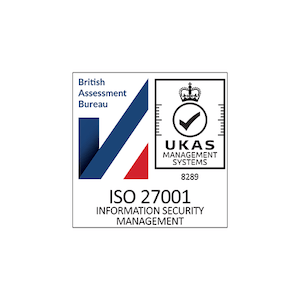Purple Teaming Services
JUMPSEC threat-led purple teaming. Unparalleled assurance for your critical assets through a collaborative security approach and real-world attack simulation.
Why is Purple Teaming So Effective?
Even within the realm of adversarial simulation (i.e red teaming, purple teaming, attack path management), JUMPSEC considers purple teaming to be an outlier in how effective it can be in rapidly improving organisation’s security standards.
Each adversarial simulation engagement is valuable in the right context. If you’ve recently released a new website that is an entirely new code base, then you would be best to pursue a penetration test. On the other hand, if you have been consistently improving your security posture for a sustained period and want to assess the true exploitability of your estate, then a covert red team would best answer that question.
- What can purple teaming identify?
- How purple teaming works
- Project Outcomes
- Client Story
- Resources
- Contact Us
But if you want to see real-world improvement in your security posture, a purple team engagement is uniquely positioned to apply an adversarial (or ‘red team’) mindset to each of your critical assets, taking a collaborative approach to simultaneously strengthen your defensive ‘blue team’ capability. This provides you insight and assurance that simply is not possible with a penetration test or red team exercise.
Typical offensive services struggle to make a lasting impact because they provide an exhaustive, and often overwhelming, list of fixes to be implemented. Only in a collaborative purple team engagement can you make iterative improvements to security controls, whilst having them validated in real-time, reducing time and costs required to achieve a security posture capable of withstanding a real-world attack.
What Can a Purple Teaming Company Identify?
On a typical 4-6 week engagement, JUMPSEC will on average:
Internal security teams do not wait for our technical report to address our findings. Several security gaps can be fixed as they emerge in tandem, without disrupting the flow of a typical adversarial simulation.
Your security team respond to a sustained attack from a persistent and sophisticated live threat, whilst gaining the insight required to remediate and validate risks on the spot. This means your defensive team plays an integral part in the success of the engagement. That knowledge transfer between red and blue teams can significantly uplift the technical expertise of your security operations, which is essential for long-term organisational resilience.
How Purple Teaming Works
JUMPSEC typically conduct purple team engagements over five phases:
What are the Key Project Outcomes with Purple Teaming
What Our Clients Say ...
“Recently we engaged a comprehensive purple team exercise. Working collaboratively with JUMPSEC Blue and Red Teams we were able to make real time improvements to our security posture. This included implementing technical solutions, tweaking detections and finding innovative ways to compromise a system. The advantages working in this collaborative manner through a purple team engagement, far outweigh approaches taken in a traditional PenTest."
Groupe Atlantic, UK
Resources
Recommended

The Under Appreciated Value of Purple Teaming
Having recently finished an extensive and eye-opening purple team engagement, I took some time to reflect on the sheer amount of ground that we had covered in just 6 short weeks…

Butting Heads With a Threat Actor on an Engagement
At the time of writing I am enjoying some non-billable time in the wake of a demanding engagement spanning across several months. As such, I thought it would be a good time to write…

What is Purple Teaming?
Purple teaming gets its name from the combined effort of both the blue (defensive) and red (offensive) teams.










